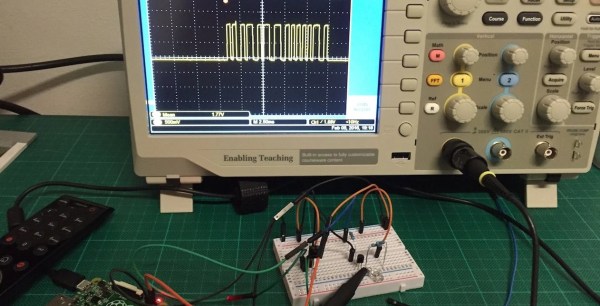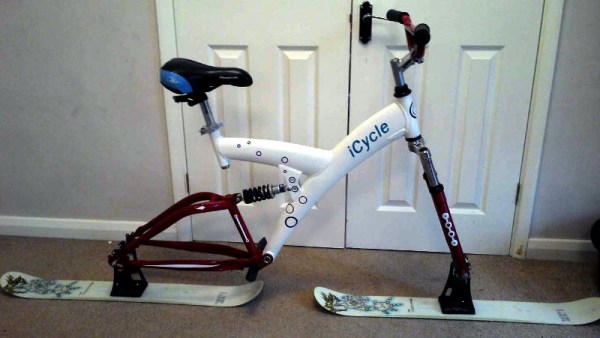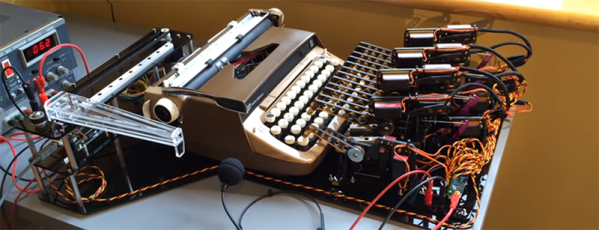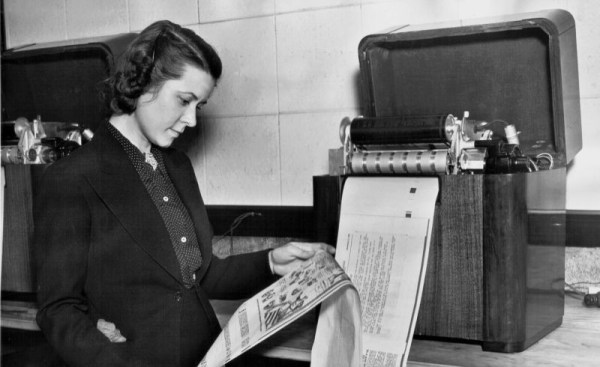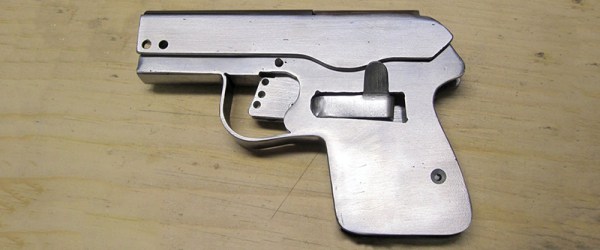The cell phones of yesteryear were covered in buttons. Today’s cell phones are mostly a touch display with maybe one or two buttons. As time marches on, we find ourselves using our fingers more for gestures and swipes than button pushing to control our devices. Sadly, the television remote has been stuck in an antiquated state and most are still covered in archaic buttons.
[Frederick] has decided to dig the TV remote out from the stone age and updated it to use simple gestures for control. We’ve seen gesture control before, but this one is certainly the most elegant. He’s using a Raspberry Pi with a Skywriter HAT gesture recognition board. The driver is super easy to install and can be done in a single command line. The Skywriter hat interpreters the hand gesture and the Pi fires the appropriate signal via an IR emitter. This approach made the project fairly simple to put together, with surprisingly good results.
Be sure to check out his blog for all code needed, and take a look at the video below to see the remote in action.
Continue reading “TV Control With Hand Gestures”

